There has been quite a bit of innovation when it comes to holograms over the past year. Now that the Leia hologram from Star Wars is actually feasible with today’s technology, there is renewed hope. Once again seems like anything is possible in the world of holograms. There are all kinds of applications for interactive holographic displays, and this particular example involves the field of psychology and the psychological testing used to determine neurological damage (which has long needed to be updated).
Currently, the majority of psychological tests that are administered to patients are outdated and old fashioned. By using an interactive holographic display to improve the exams from the Halstead-Reitan Neuropsychological Battery, doctors would be able to get much more accurate results, and patients could get instant feedback.
By using a holographic display to see how the brain interacts with shapes and objects in space, doctors would be able to determine if there were any head injuries that could limit a person’s brain from functioning properly. Using this hologram during psychological testing would accurately test for 4 of the 5 exams in the Halstead-Reitan Neuropsychological Battery which include the tactual test, category test, finger oscillation test and trail making test. It wouldn’t include the speech sounds perception test. You can read more about the Halstead-Reitan here on Wikipedia.
This idea about using an interactive holographic display to assess brain damage was conceived by product designer Yansel Herrera. If you enlarge the images below, which I pulled from Yansel’s website, you’ll be able to follow along with the thought process behind using holograms to assist in the discovery of brain damage. You can learn more about Yansel by clicking over to his website or by visiting his Behance page. This is just one example of how interactive holographic displays could change people’s lives for the better.
Holographic Displays Could Assist In The Detection Of Brain Damage
(Click Images To Enlarge)
Via: [Yanko Design]
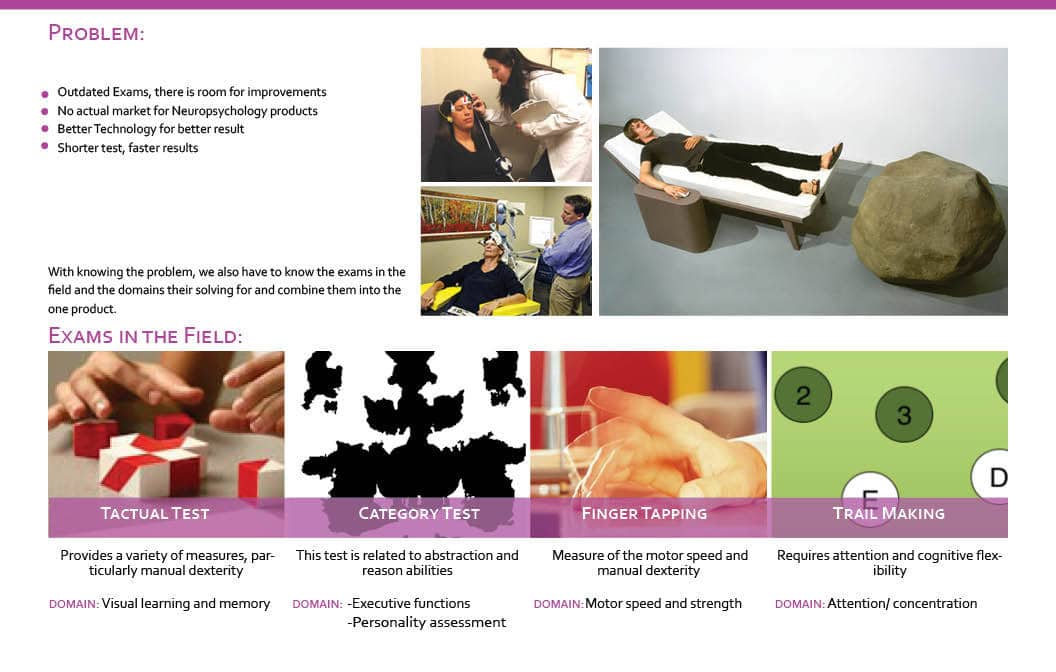
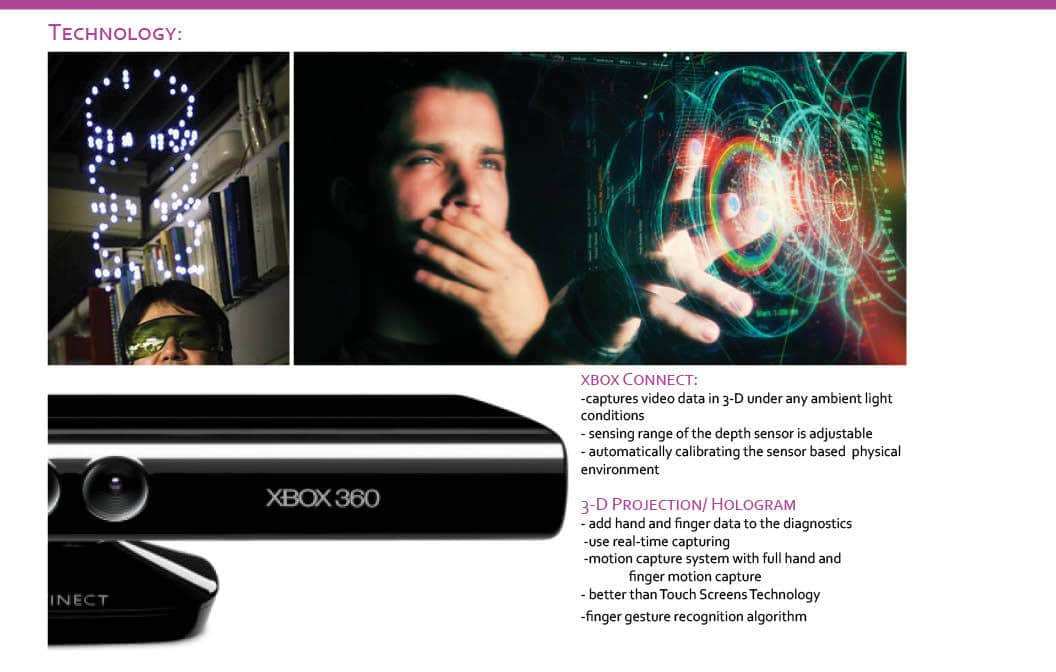
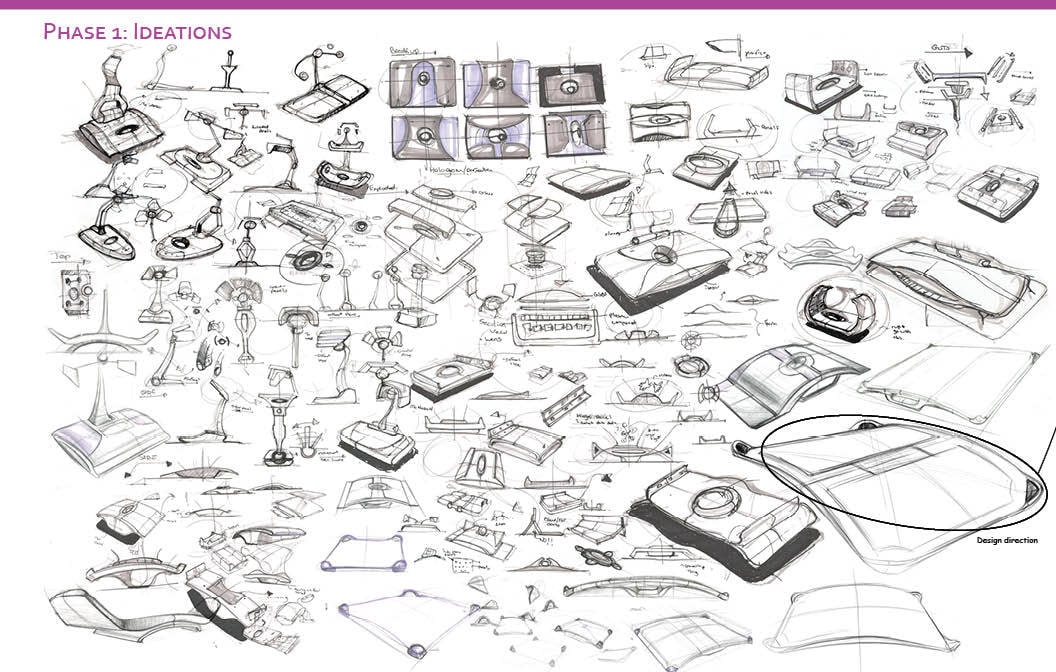
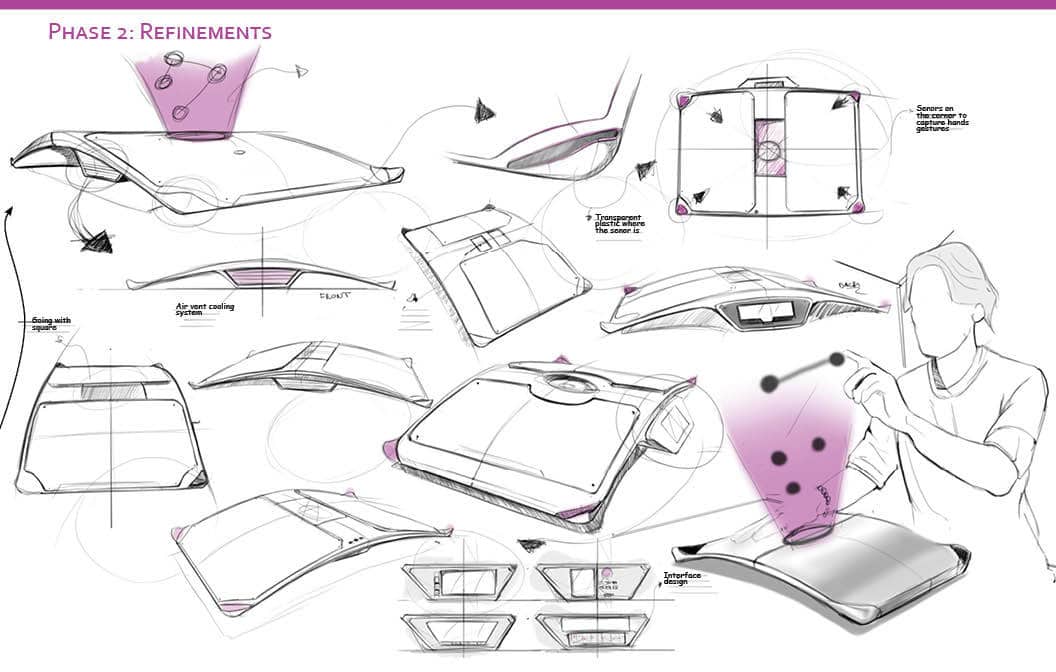
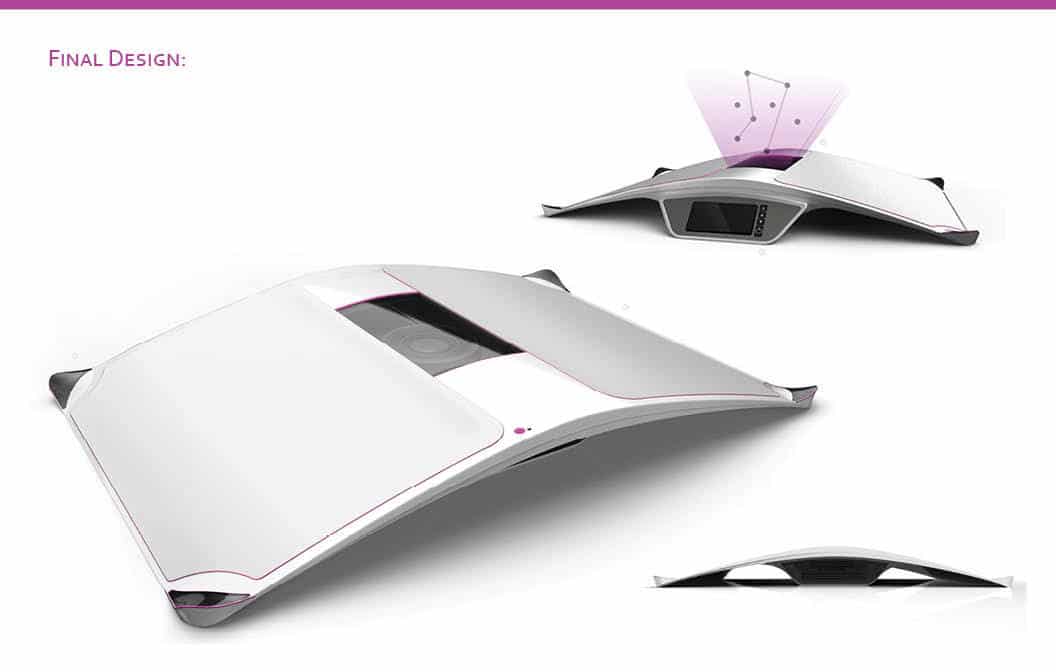
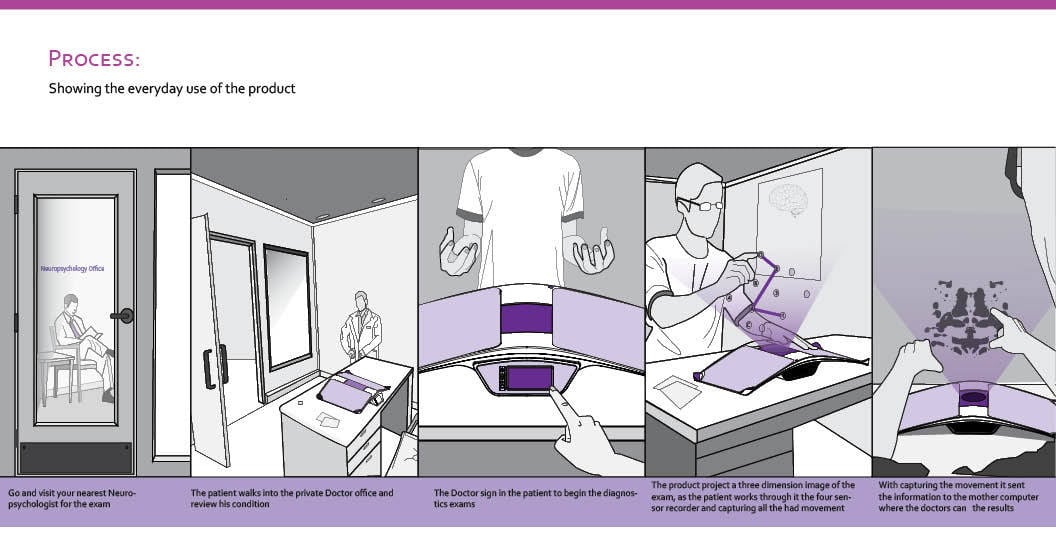
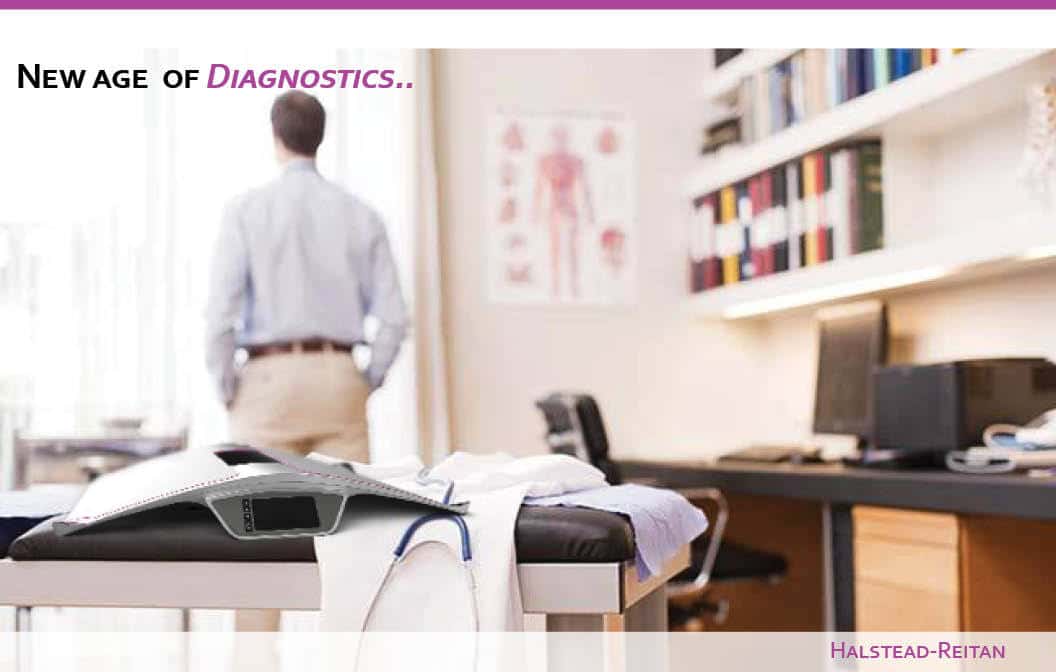
COMMENTS